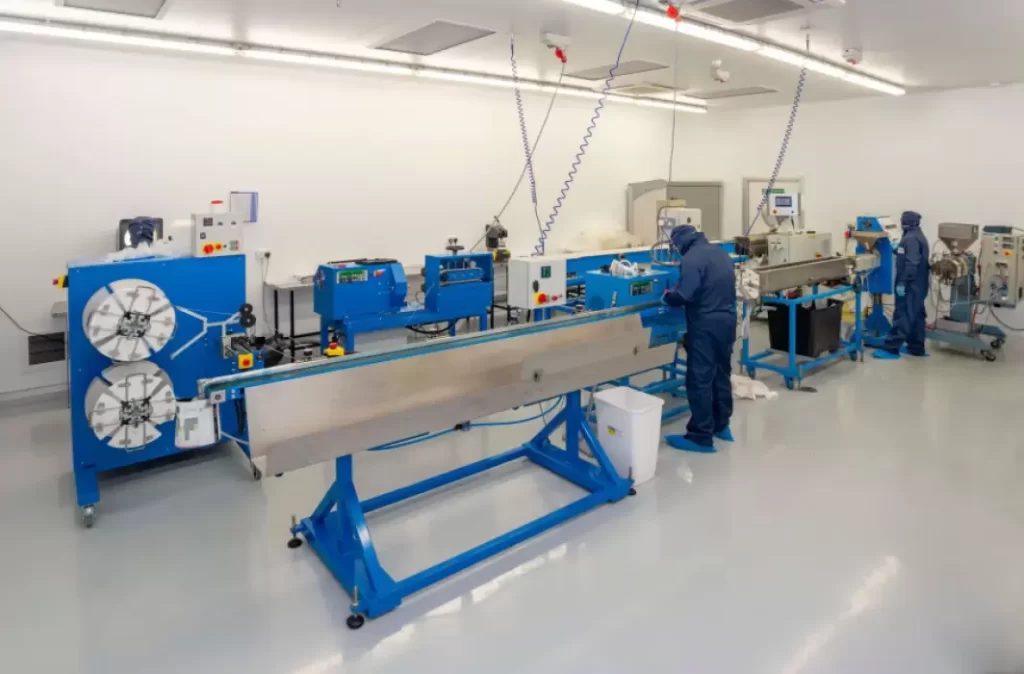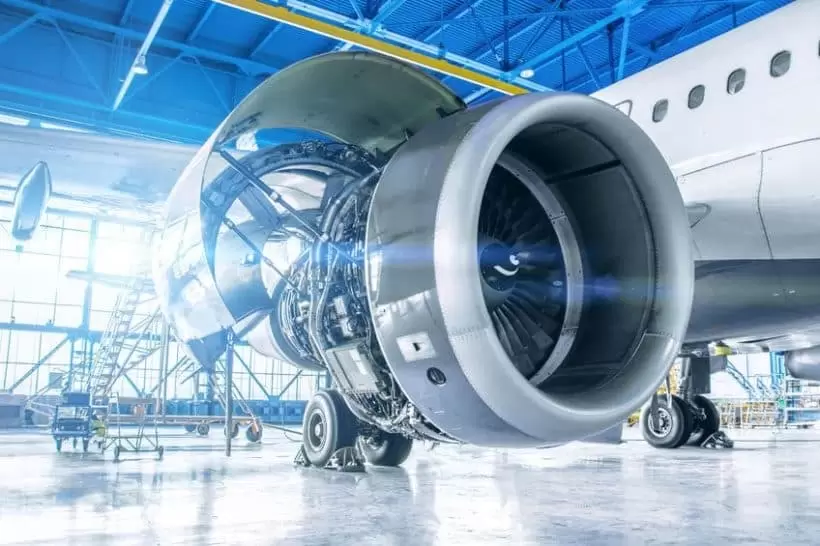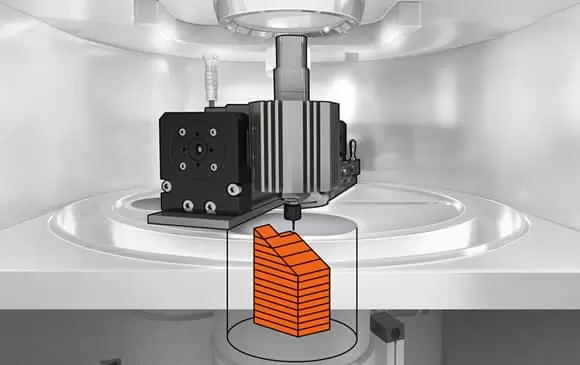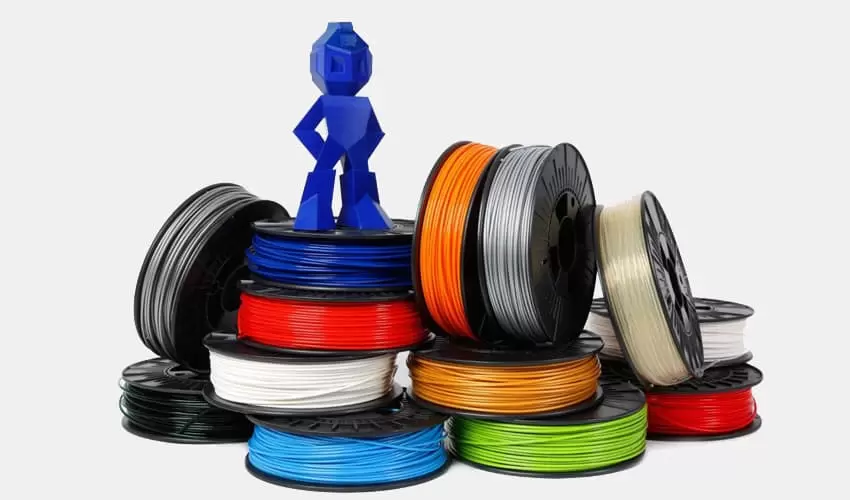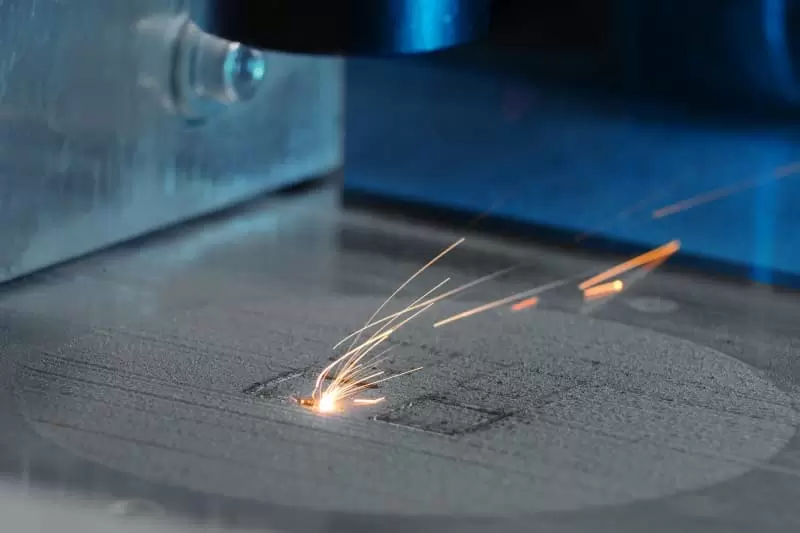Table of Contents:
- Introduction to Plastic Moulding
- Types of Plastic Moulding
- The Plastic Moulding Process
- Factors Affecting Plastic Moulding
- Advantages and Disadvantages of Plastic Moulding
- Applications of Plastic Moulding
- Future of Plastic Moulding
- Conclusion
-
1.Introduction to Plastic Moulding
Plastic moulding is a manufacturing process that involves shaping plastic materials into various forms using a mould. The process involves melting plastic material, injecting it into a mould, and allowing it to cool and solidify into a desired shape. The plastic moulding process is widely used in the manufacturing of a wide range of products such as automotive parts, packaging, consumer goods, medical devices, and more.
Plastic moulding offers several advantages over other manufacturing processes, such as the ability to produce complex shapes with high precision, high production rates, and low costs. Additionally, plastic moulding allows for the use of a wide range of materials, including thermoplastics, thermosetting plastics, and elastomers, which can be custom-formulated to meet specific performance requirements.
This guide will provide an overview of the different types of plastic moulding processes, the steps involved in the plastic moulding process, factors affecting plastic moulding, advantages and disadvantages of plastic moulding, applications of plastic moulding, and the future of plastic moulding.
-
2.Types of Plastic Moulding
Injection moulding is one of the most widely used plastic moulding processes. In this process, molten plastic material is injected into a mould cavity using a high-pressure injection unit. The plastic material is then cooled and solidified, after which the mould opens, and the part is ejected. Injection moulding is used to produce a wide range of products, including medical devices, automotive parts, consumer goods, and more.
2 Blow Moulding
Blow moulding is a process used to create hollow plastic parts, such as bottles and containers. The process involves melting plastic material and extruding it into a parison (a tube-like form). The parison is then inflated using compressed air, which takes the shape of the mould cavity. The plastic is then cooled and solidified, after which the part is ejected.
3 Compression Moulding
Compression moulding is a process used to produce larger plastic parts with lower production volumes. In this process, a pre-heated plastic material is placed into a mould cavity, which is then closed and heated. The plastic material is then compressed, forcing it to take the shape of the mould cavity. The plastic is then cooled and solidified, after which the part is ejected.
4 Rotational Moulding
Rotational moulding is a process used to create large, hollow plastic parts, such as tanks and playground equipment. In this process, plastic material is placed into a mould, which is then heated and rotated on two axes. The plastic material melts and coats the inside of the mould, taking its shape. The plastic is then cooled and solidified, after which the part is removed from the mould.
5 Thermoforming
Thermoforming is a process used to create plastic parts from a flat sheet of plastic material. The process involves heating the plastic sheet until it becomes pliable, after which it is placed into a mould and shaped using vacuum pressure. The plastic is then cooled and solidified, after which the part is ejected.
6 Extrusion Moulding
Extrusion moulding is a process used to create plastic parts with a constant cross-section, such as pipes and tubing. In this process, plastic material is melted and extruded through a die, which gives the plastic its shape. The plastic is then cooled and solidified, after which it is cut to the desired length.
-
3.The Plastic Moulding Process
1 Designing the Mold
The first step in the plastic moulding process is designing the mould. The mould must be designed to meet the specifications of the final product, including its shape, size, and features. The mould can be made from a variety of materials, including steel, aluminum, and plastic. The design of the mould will affect the final product’s quality, so it is essential to ensure that the design is accurate.
2 Preparing the Material
The next step is preparing the plastic material. The material must be selected based on the product’s requirements, such as its strength, durability, and flexibility. The plastic material is then melted and mixed, if necessary, with additives like colorants or reinforcing agents.
3 Injection or Extrusion of the Material
Once the mould and material are prepared, the material is injected or extruded into the mould cavity using a high-pressure injection unit or an extruder. The plastic material fills the cavity and takes the shape of the mould. The pressure and temperature used during this process can affect the final product’s properties, such as its strength and surface finish.
.4 Cooling and Ejection of the Part
After the plastic material is injected or extruded, the mould is cooled, allowing the plastic to solidify and take on its final shape. The cooling time is critical, as it affects the product’s quality and cycle time. Once the plastic has cooled, the mould is opened, and the part is ejected. The part may require further processing, such as trimming or assembly, before it is ready for use.
-
4.Factors Affecting Plastic Moulding
1 Material Selection
The selection of the plastic material is critical to the plastic moulding process. The properties of the plastic material will affect the product’s performance and the moulding process’s feasibility. The material’s properties, such as its melt flow rate, viscosity, and shrinkage rate, must be considered during the material selection process.
2 Design of the Mold
The design of the mould is also critical to the plastic moulding process. The mould’s design will affect the product’s quality, the cycle time, and the production cost. The mould must be designed to accommodate the plastic material’s properties, including its flow rate, temperature, and pressure.
3 Processing Conditions
The processing conditions, such as the temperature, pressure, and cooling time, can affect the plastic moulding process’s outcome. The processing conditions must be optimized for the plastic material being used and the product’s specifications. Deviations from the optimal processing conditions can result in product defects, such as warping, voids, or sink marks.
4 Post-Molding Operations
Post-molding operations, such as trimming, assembly, and finishing, can affect the product’s final quality and cost. These operations must be carefully planned and executed to ensure that the product meets the specifications and that the production process is efficient. Poorly executed post-molding operations can result in product defects and increase production costs.
-
5.Advantages and Disadvantages of Plastic Moulding
Advantages of Plastic Moulding
Plastic moulding offers several advantages over other manufacturing processes, including:
- High production efficiency: Plastic moulding is a highly automated process that can produce large quantities of products quickly and efficiently.
- Design flexibility: Plastic moulding allows for the creation of complex shapes and intricate details, making it ideal for producing products with unique designs.
- Cost-effective: Plastic moulding can be a cost-effective manufacturing process, especially for high-volume production runs.
- Wide range of materials: There is a wide range of plastic materials available, each with unique properties, allowing for the production of products with a broad range of characteristics.
- Reduced waste: Plastic moulding produces less waste than other manufacturing processes, as scrap material can be reused.
Disadvantages of Plastic Moulding
While plastic moulding offers many advantages, it also has some disadvantages, including:
- Initial tooling cost: The cost of designing and producing the mould can be high, making it difficult to justify for small production runs.
- Limited material options: While there is a wide range of plastic materials available, not all plastics are suitable for moulding.
- Environmental impact: Plastic waste is a significant environmental issue, and plastic moulding contributes to this problem.
- Product consistency: Variations in processing conditions can affect the product’s consistency, resulting in defects and quality issues.
- Production limitations: Plastic moulding is not suitable for all product designs, and there may be limitations on the size and complexity of the products that can be produced.
-
6.Applications of Plastic Moulding
1 Automotive Industry
The automotive industry is a significant user of plastic moulding products. Plastic components are used extensively in vehicles to reduce weight, improve fuel efficiency, and enhance safety. Plastic moulding is used to produce a wide range of automotive components, including interior and exterior parts, engine components, and electrical parts.
2 Packaging Industry
The packaging industry is another major user of plastic moulding products. Plastic packaging is used to package a wide range of consumer goods, from food and beverages to personal care products and household items. Plastic moulding is used to produce a variety of packaging products, including bottles, jars, containers, and closures.
3 Medical Industry
The medical industry also relies on plastic moulding products for a wide range of applications. Plastic components are used in medical devices, surgical instruments, and diagnostic equipment. Plastic moulding is used to produce products such as syringes, tubing, connectors, and implants.
4 Consumer Goods Industry
The consumer goods industry uses plastic moulding products extensively. Plastic components are used in electronics, appliances, toys, and sporting goods. Plastic moulding is used to produce products such as phone cases, keyboards, game controllers, and toy parts.
5 Construction Industry
The construction industry also uses plastic moulding products in various applications. Plastic components are used for plumbing, electrical, and HVAC systems. Plastic moulding is used to produce products such as pipes, fittings, and junction boxes.
Overall, plastic moulding is used in a wide range of industries and applications, thanks to its design flexibility, cost-effectiveness, and efficiency.
Click on the V1 Prototype website to gain more Plastic Moulding information.
-
7.Future of Plastic Moulding
The future of plastic moulding is likely to be shaped by several trends, including:
- Sustainability: As consumers and companies become increasingly aware of the environmental impact of plastic waste, there is a growing demand for sustainable materials and processes. Plastic moulding companies are exploring alternative materials, such as bioplastics and recycled plastics, and developing new processes to reduce waste and improve recyclability.
- Digitalization: The use of digital technologies, such as 3D printing and simulation software, is transforming the plastic moulding industry. These technologies allow for faster and more precise prototyping and production, reducing lead times and improving product quality.
- Automation: Automation is becoming increasingly prevalent in plastic moulding, as companies seek to improve efficiency and reduce labor costs. Advanced robotics and artificial intelligence are being used to automate tasks such as material handling, quality control, and machine maintenance.
- Customization: Consumers are increasingly demanding personalized products, and plastic moulding companies are responding by offering customized designs and products. Advanced software and digital technologies are enabling companies to offer highly customized products at scale.
- Industry 4.0: The plastic moulding industry is undergoing a digital transformation, with Industry 4.0 technologies being integrated into production processes. This includes the use of sensors, data analytics, and machine learning to optimize production and improve quality.
Overall, the future of plastic moulding is likely to be shaped by a combination of sustainability, digitalization, automation, customization, and Industry 4.0. As these trends continue to evolve, plastic moulding companies will need to adapt and innovate to remain competitive and meet the changing needs of their customers.
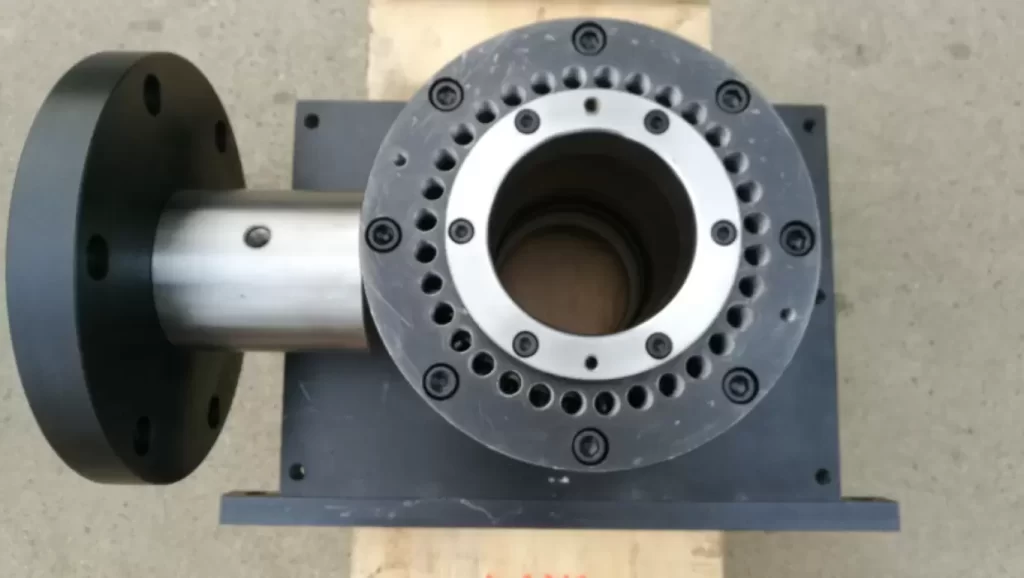
-
8.Conclusion
Plastic moulding is a versatile and cost-effective manufacturing process that is widely used in various industries and applications. From automotive and packaging to medical and consumer goods, plastic moulding has enabled the production of complex and precise parts at scale.
The plastic moulding process involves designing a mold, preparing the material, injection or extrusion of the material, and cooling and ejection of the part. Factors affecting plastic moulding include material selection, design of the mold, processing conditions, and post-molding operations.
While plastic moulding offers many advantages, such as design flexibility, cost-effectiveness, and efficiency, it also has its disadvantages, including environmental concerns and limited material choices.
Looking to the future, plastic moulding is likely to be shaped by trends such as sustainability, digitalization, automation, customization, and Industry 4.0. As plastic moulding companies adapt and innovate, they will be able to meet the changing needs of their customers while also addressing environmental concerns and advancing the capabilities of the manufacturing process.
